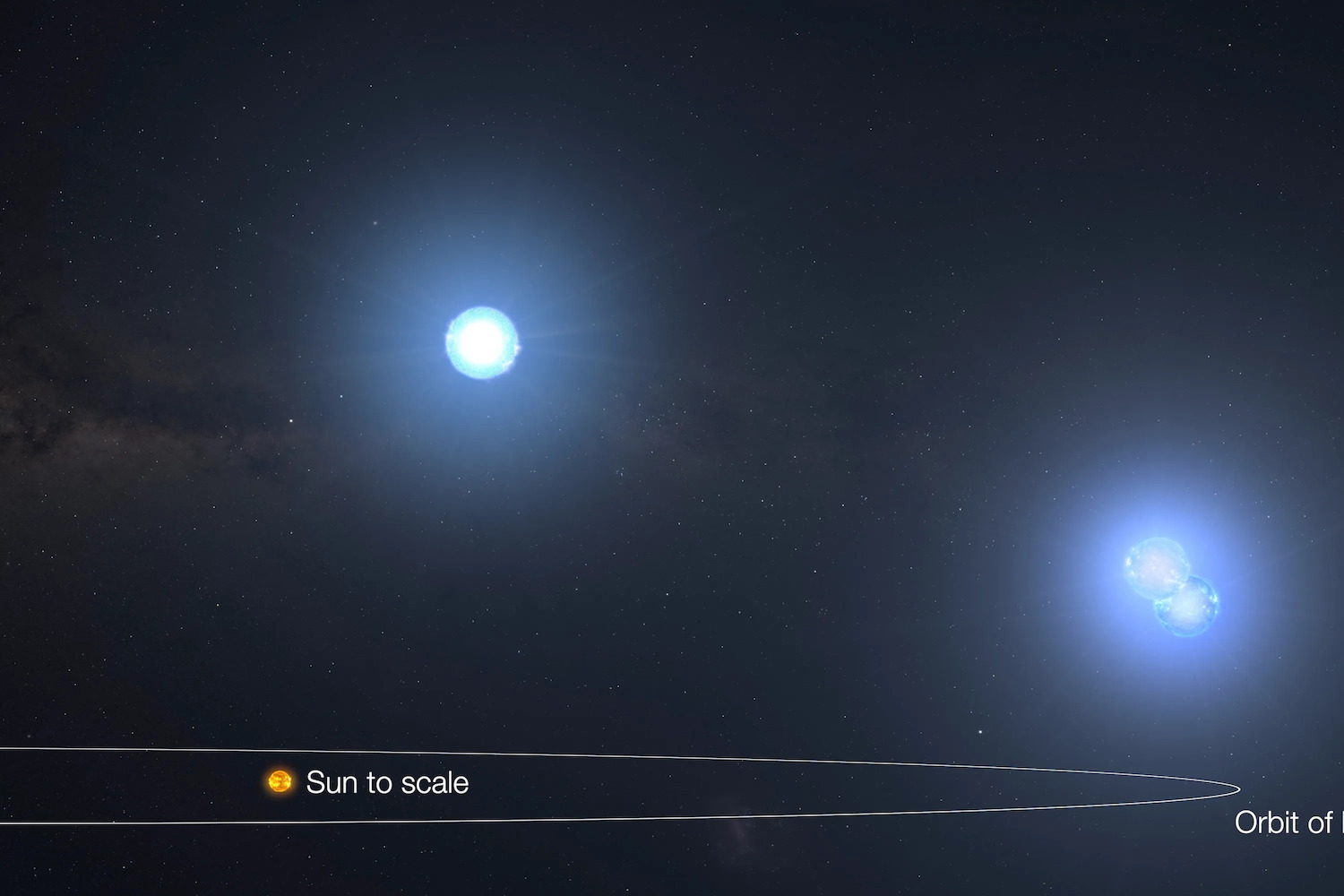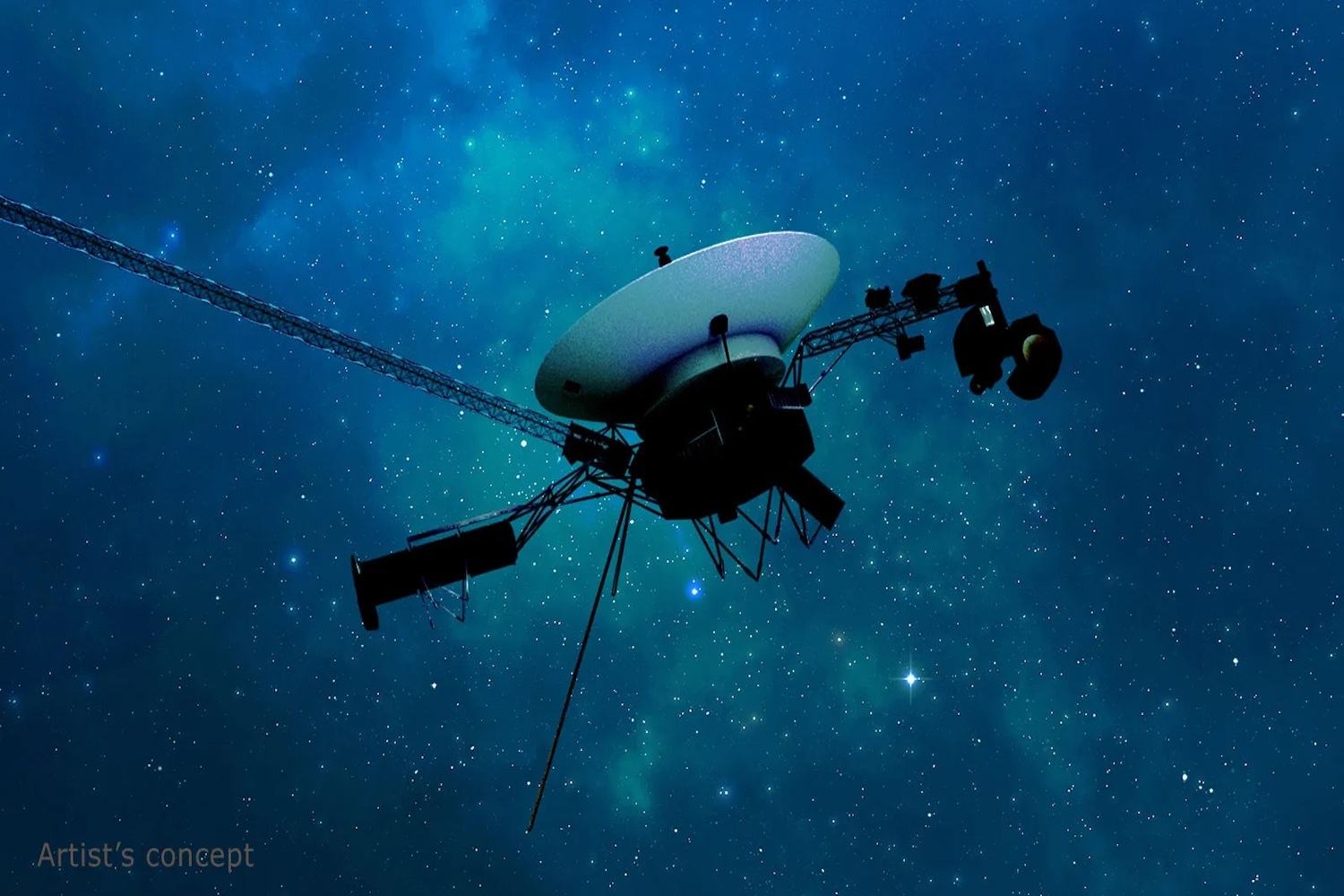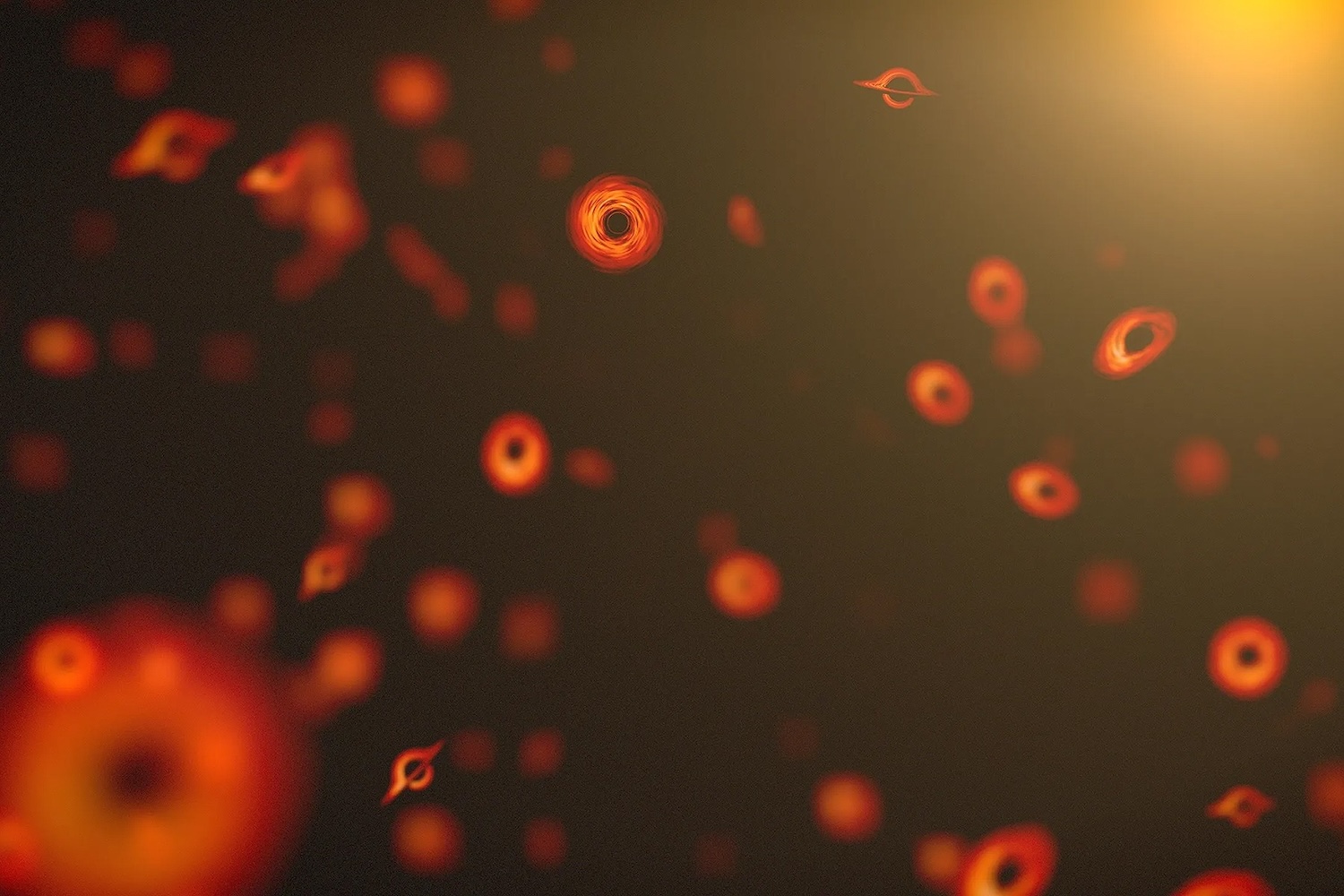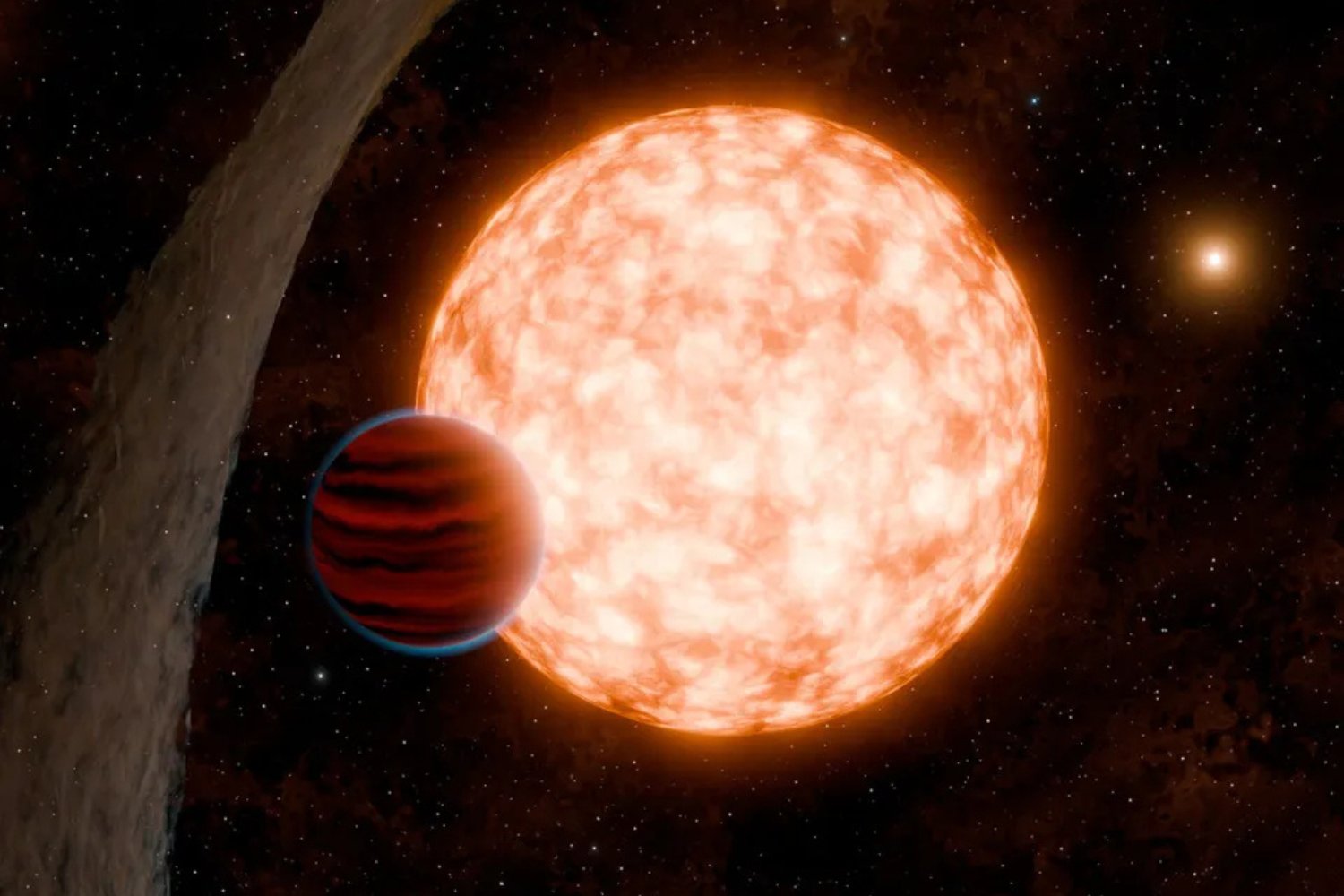If you’ve watched Netflix’s 3 Body Problem, or read the novels, the following might make you a tad nervous: NASA has discovered a distant trio of celestial objects locked in a complex orbital dance.
Thankfully, there doesn’t appear to be any genocidal aliens present; this system isn’t likely to foster intelligent life, or any life for that matter. Notably, however, the outermost of the three has shattered an astronomy record that stood for nearly 70 years.
An international group of astronomers, including NASA and a pair of citizen scientists, discovered the star system, designated TIC 290061484. In its findings published in The Astrophysical Journal, the team described the system as consisting of two inner stars that orbit each other every 1.8 days. The third star takes a while longer to circle the pair, completing an orbit once every 24.5 days. The previous record holder for an outer orbital period in a three-star system was discovered in 1956, with the star taking 33.03 days to complete an orbit.
The astronomers were able to analyze the pattern of the stars thanks to NASA’s Transiting Exoplanet Survey Satellite. The space agency launched TESS in April 2018, and, as its name suggests, was tasked with finding exoplanets by peering into different star systems with its four high-powered cameras. Those cameras capture images of light that’s within the range visible by humans.
Fortunately for TESS, TIC 290061484 is almost completely flat, allowing the satellite to easily detect changes in light as the three stars pass in front of one another. Flickers from a large number of systems were recorded and passed through a machine learning program, which helped astronomers track the pattern of dimming and brightening indicative of three-star systems.
That’s where the pair of citizen scientists, I.A. Terentev of Russia and H.M. Schwengeler of Switzerland, came in. The duo were part of the Visual Survey Group, a collective whose volunteers sort through images to help professional astronomers with these kinds of projects. Terentev and Schwengeler eyeballed images taken by TESS, looking for the large number of eclipses indicative of a 2+1 triple system, as astronomers call it. The two were instrumental in figuring out that TIC 290061484 met the criteria.
“It’s exciting to identify a system like this because they’re rarely found, but they may be more common than current tallies suggest,” said Saul Rappaport, an emeritus professor at MIT, who led the Visual Survey Group and worked on the study, in a statement.
As they looked closer at the system, the astronomers realized just how tight the orbits were; the orbits of the three stars can fit inside that of Mercury’s orbit around our Sun. A tight grouping could, in some situations, mean the gravity of each star could have a destabilizing effect on the other two, but that doesn’t appear to be the case here.
Still, the fact that they’re all so close together means no planets were able to form around any of them, meaning there are no aliens around to develop photon-based supercomputers capable of instantaneous spying on every person on Earth.
According to the study, the three stars are set to merge in about 20 million years, resulting in a supernova explosion, leaving behind a single neutron star. Further proof that nothing good can last forever.













